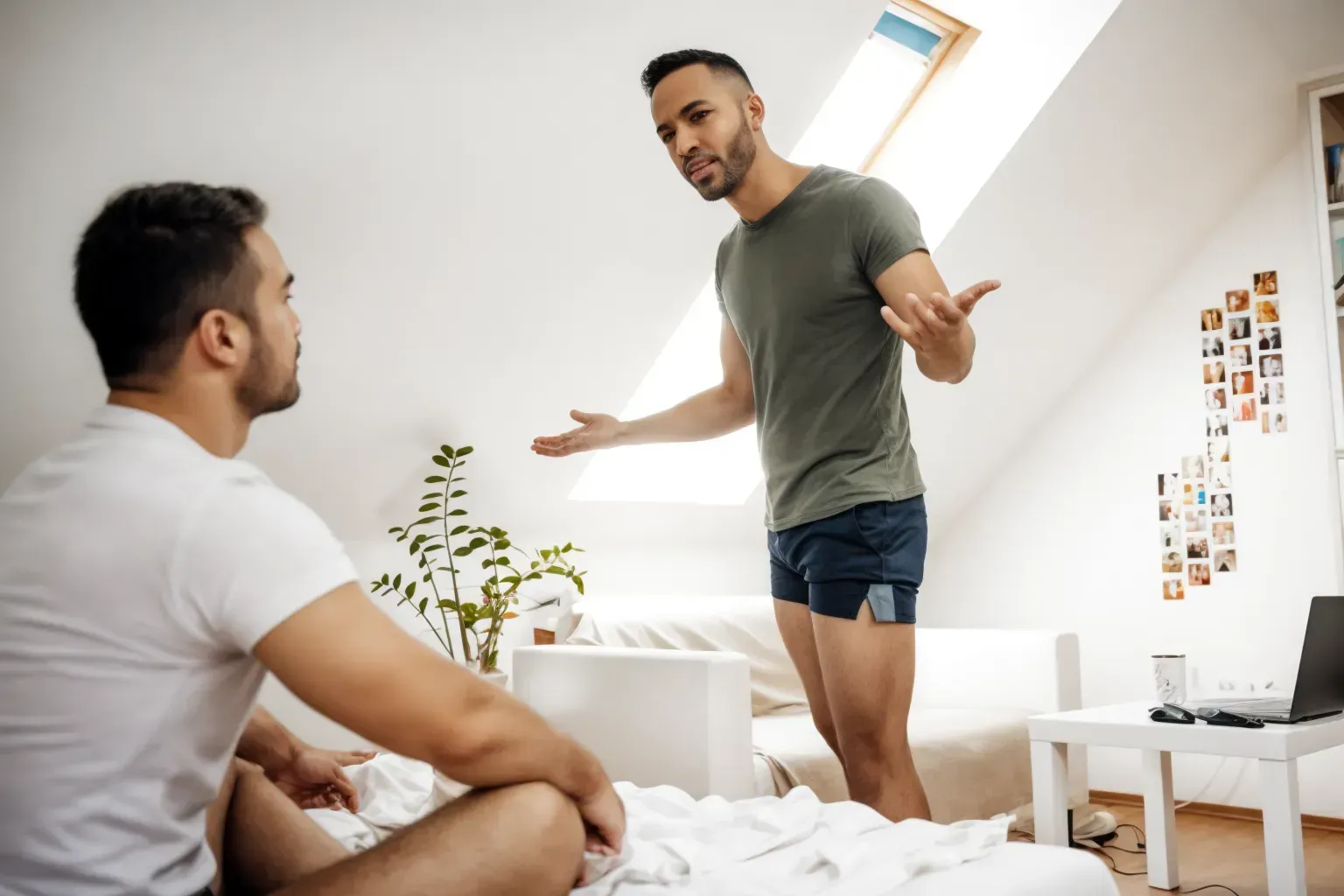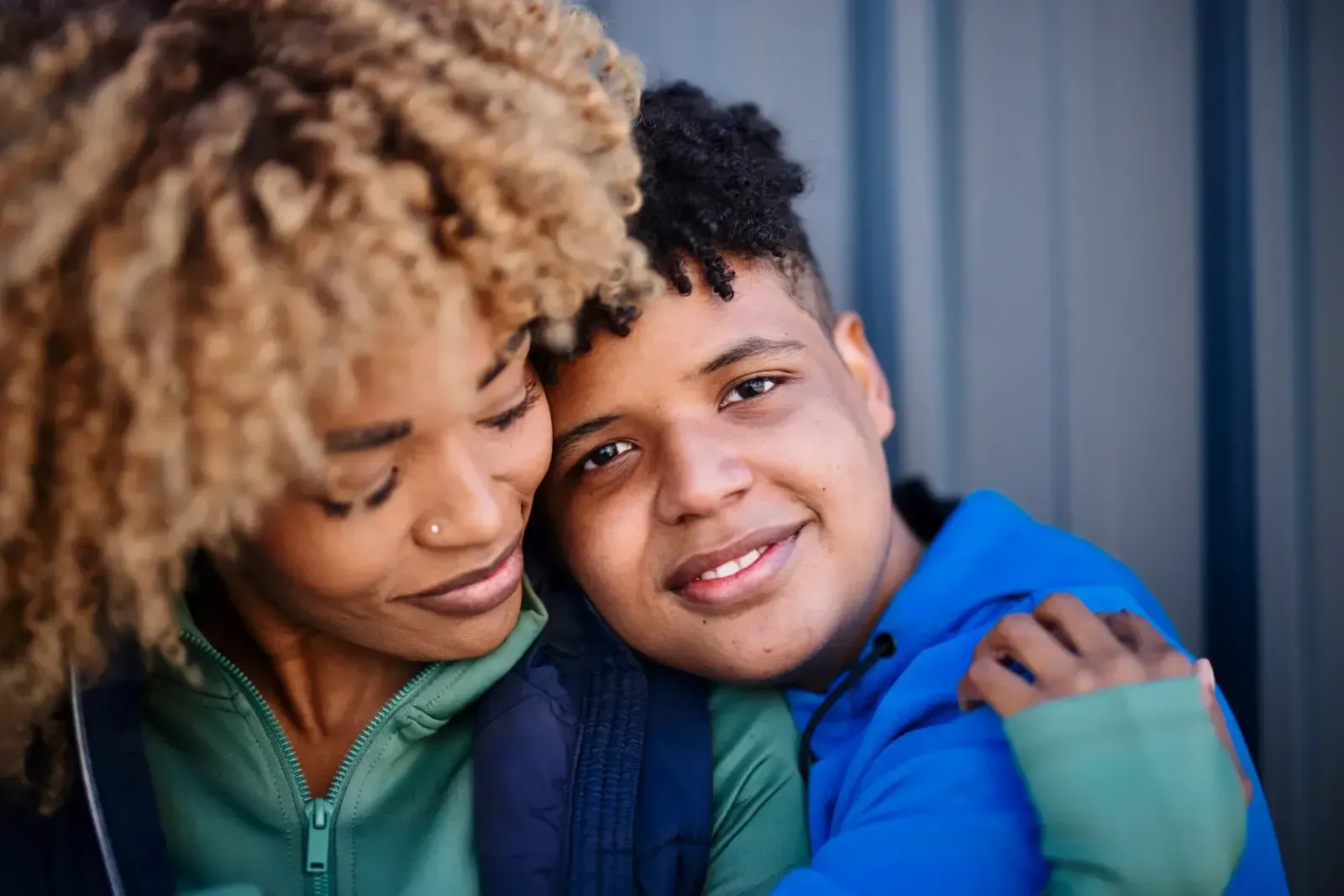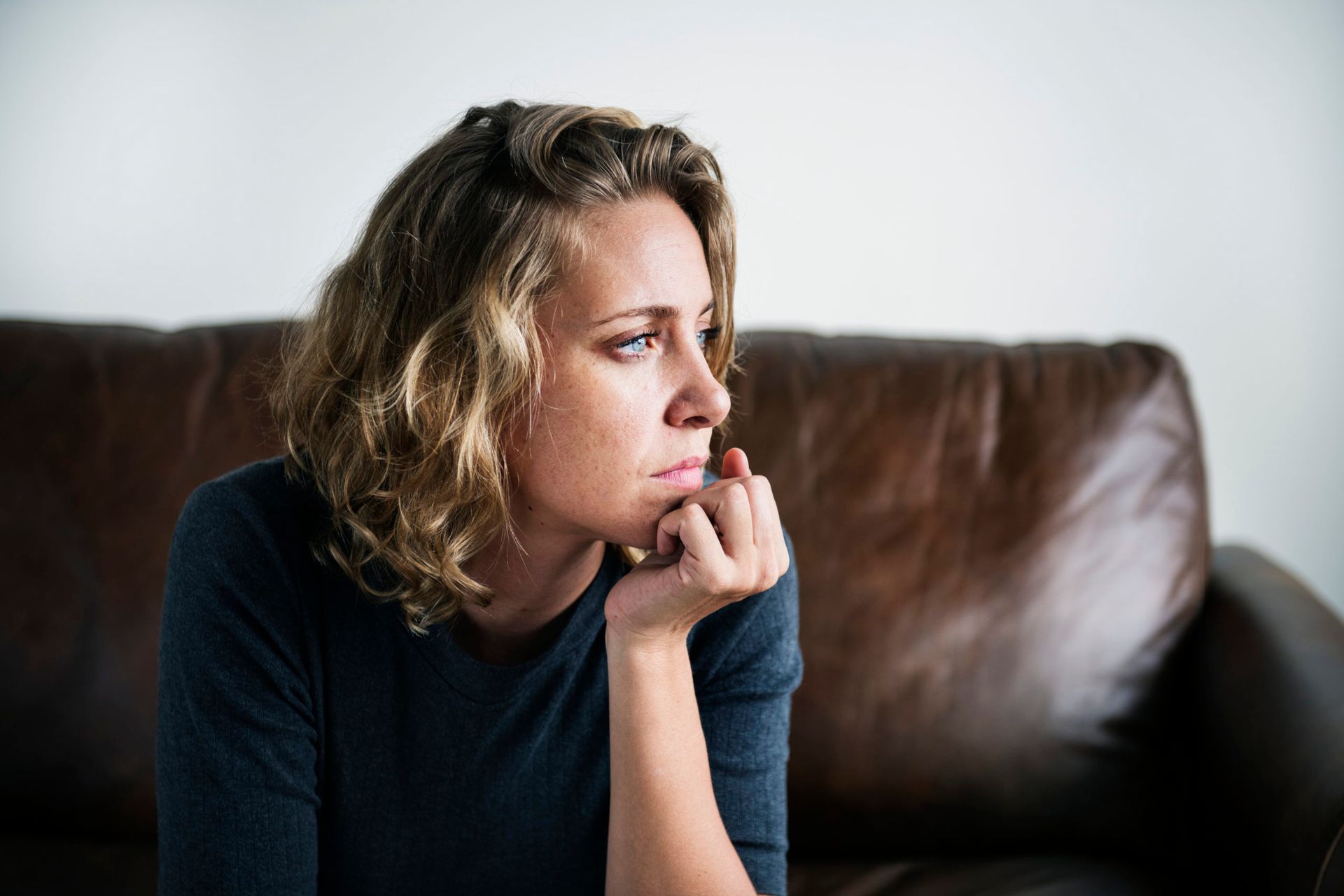Explore Our Blog
Anger & Domestic Violence – Part 18: Domestic Violence in Same-Sex Relationships – What Often Gets Overlooked
Advance Minds Blog
A safe space to explore subjects within the community such as mental health, substance abuse and personal identity.
Our safe space also provides the opportunity for real individuals to express their hardships and success through writing.
Domestic violence isn’t limited by gender or sexual orientation.
But when it comes to same-sex relationships, abuse often goes unrecognized, underreported, and misunderstood.

This silence can leave survivors feeling isolated, invalidated, and unsure of where to turn for support.
🏳️🌈 Why It’s Often Invisible
Same-sex domestic violence is frequently overlooked for a few key reasons:
🔹 Societal assumptions that abuse only happens in heterosexual relationships
🔹 Fear of reinforcing negative stereotypes about LGBTQ+ people
🔹 Lack of representation in public education, media, or services
🔹 Hesitation to seek help due to stigma or fear of being “outed”
Survivors may not be believed—or may even be told that what they’re experiencing isn’t really abuse.
⚠️ Abuse Can Happen in Any Relationship
The dynamics of control, fear, and harm are the same, regardless of gender or sexuality. Abuse can look like:
🔹 Physical violence, threats, or intimidation
🔹 Emotional manipulation or gaslighting
🔹 Controlling finances or isolating from support
🔹 Using someone’s sexuality or gender identity as a weapon (e.g., threatening to out them)
Abuse is not about anger—it’s about control.
🧠 Unique Barriers LGBTQ+ Survivors Face
Same-sex survivors may experience layers of harm that others don’t:
🔹 Fear of homophobia or transphobia when seeking help
🔹 Limited access to culturally safe shelters or services
🔹 Distrust in police or institutions
🔹 Internalised shame or guilt about the relationship
Support services aren’t always trained or equipped to respond in inclusive, trauma-informed ways.
🤝 How to Offer Support That Affirms and Validates
Supporting LGBTQ+ survivors starts with creating a safe, non-judgmental space.
🔹 Use inclusive language and avoid assumptions
🔹 Validate their experience—don’t minimize it because of their relationship dynamic
🔹 Know and refer to LGBTQ+ specific services or helplines
🔹 Let them choose how and when to seek help—don’t pressure them
Everyone deserves to feel safe, heard, and believed.
📚 Services Must Be Inclusive
Too many services are still geared toward heterosexual women.
To truly support all survivors, we need:
🔹 Training in LGBTQ+ domestic violence dynamics
🔹 Representation in staff, materials, and support models
🔹 Safe, gender-inclusive accommodation options
🔹 Policies that affirm diverse identities and relationships
Inclusivity isn’t an extra—it’s essential.
🌿 Final Thoughts 💞🌈
Domestic violence in same-sex relationships is real—and it deserves the same awareness, attention, and care as any other form of abuse.
Visibility matters. Language matters. Support matters.
Every survivor, regardless of their identity or relationship, deserves to be believed, supported, and safe.
Healing begins when silence ends.

















